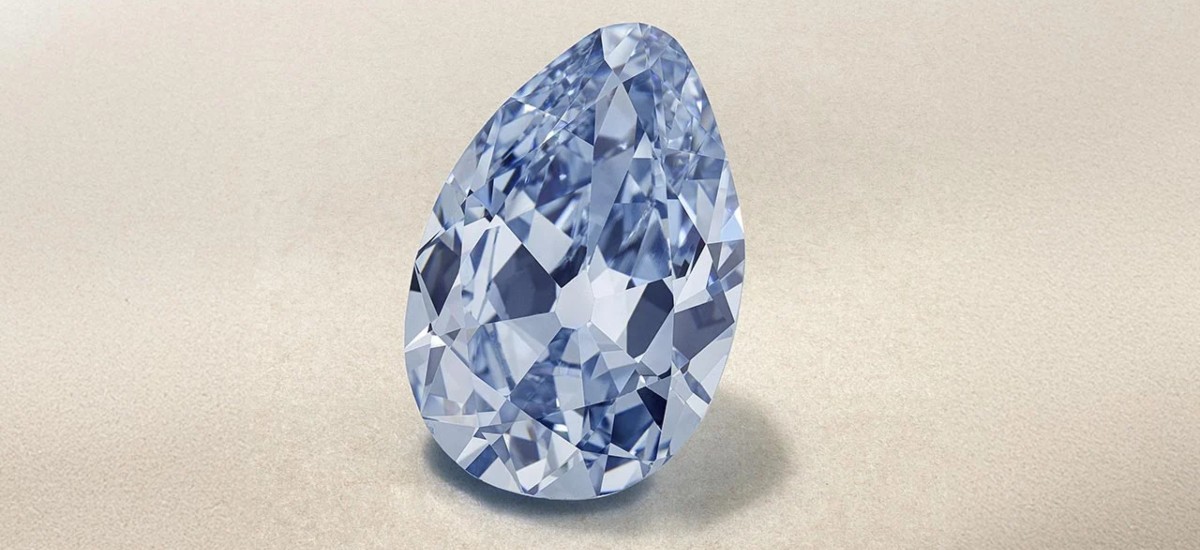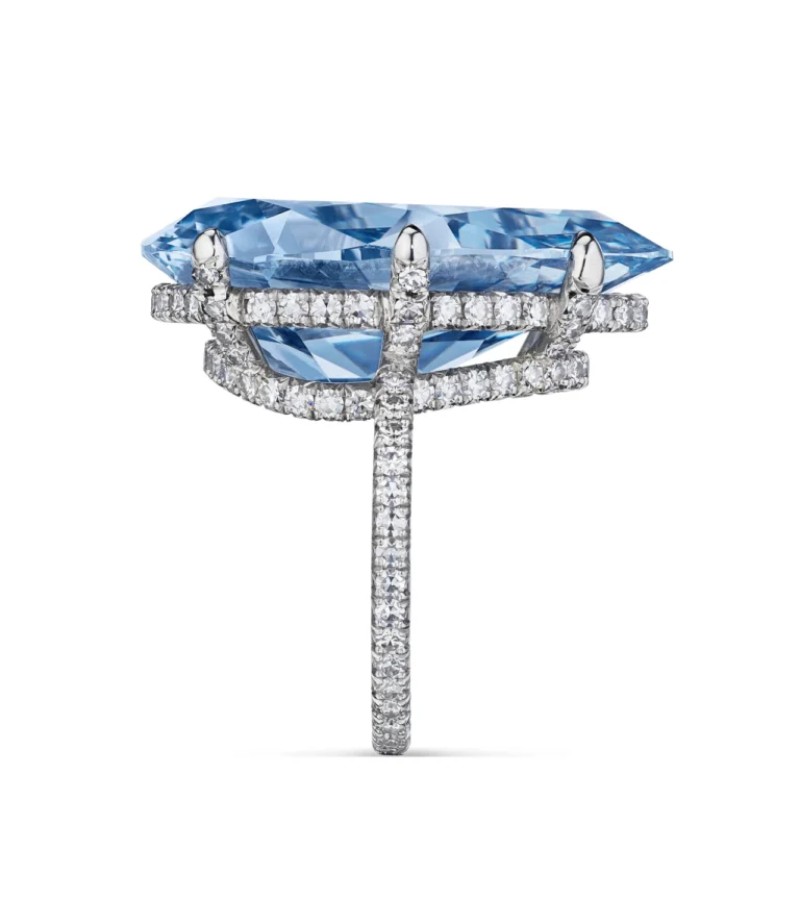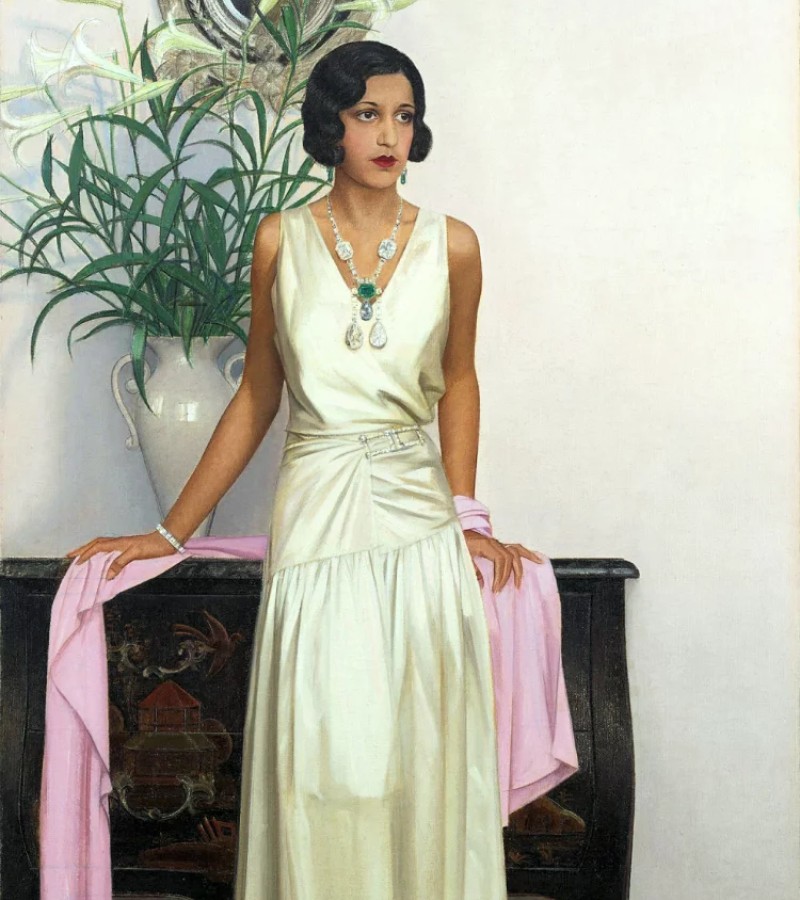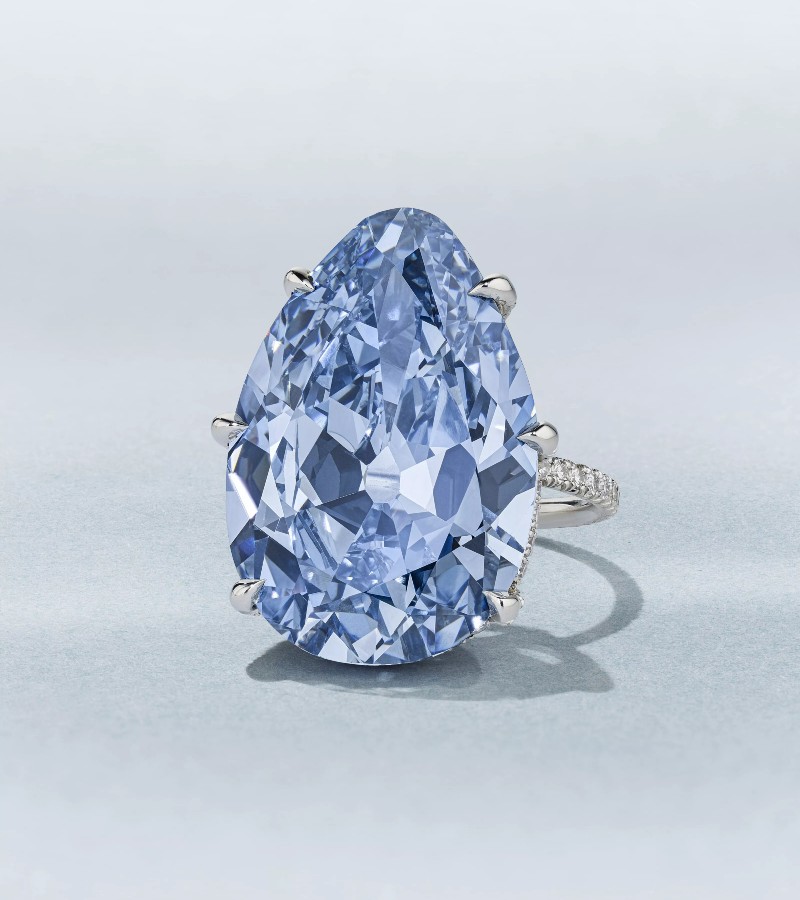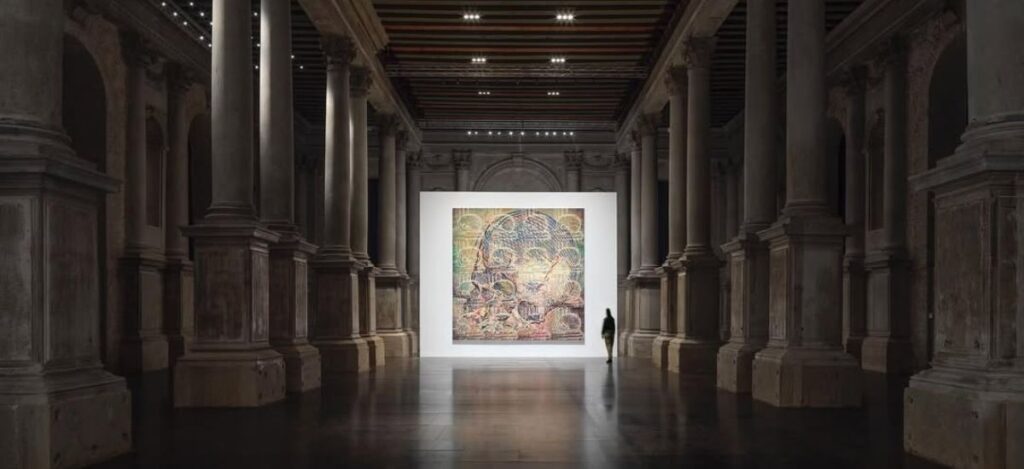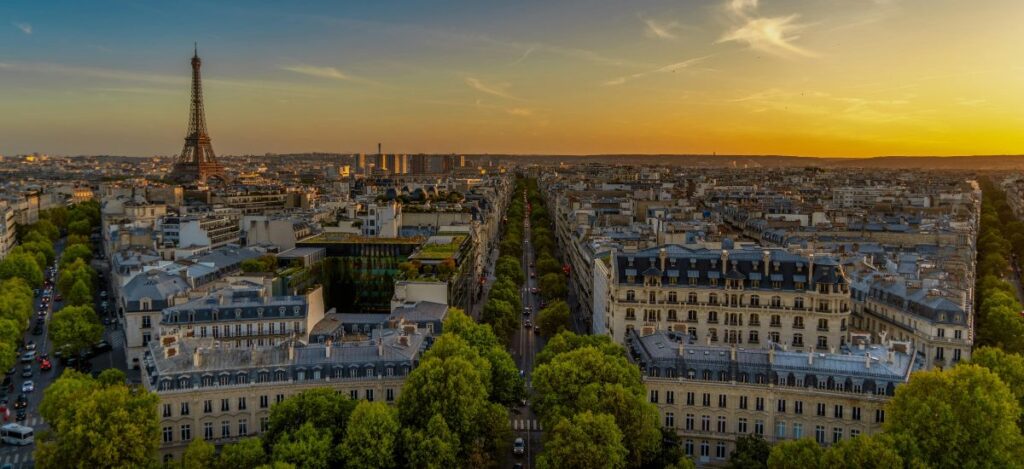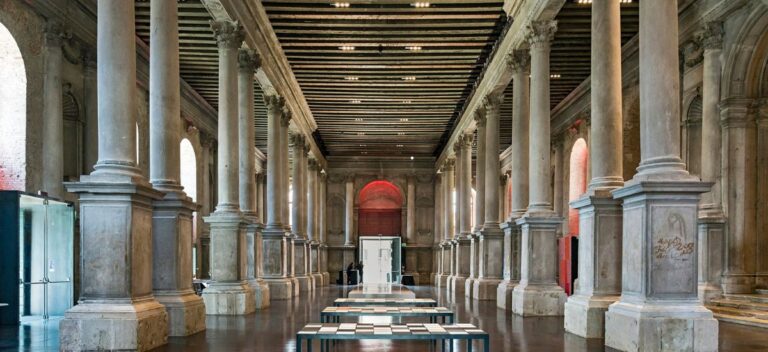A gemstone of extraordinary rarity and historical significance, the Golconda Blue is poised to be the centerpiece of Christie’s Magnificent Jewels auction in Geneva on May 14, 2025.
Weighing an impressive 23.24 carats, this Fancy Vivid Blue diamond is expected to fetch between $35 million and $50 million.
What makes this stone even more special is its exquisite setting in a ring crafted by the esteemed Parisian jeweler JAR. Beyond its captivating hue and considerable weight, the Golconda Blue stands out due to its royal heritage and fascinating journey through the annals of history.

